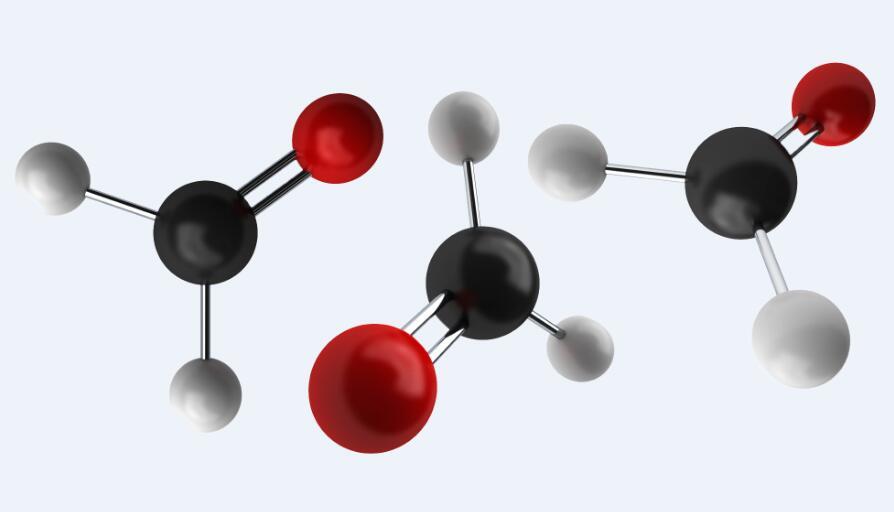PTFE is a fluorocarbon solid, as it is a high-molecular-weight compound consisting wholly of carbon and fluorine. PTFE is hydrophobic: neither water nor water-containing substances wet PTFE, as fluorocarbons demonstrate mitigated London dispersion forces due to the high electronegativity of fluorine. PTFE has one of the lowest coefficients of friction of any solid.

PTFE is a versatile material that is found in many niche applications:
It is often found in ski bindings as a non-mechanical AFD (Anti-Friction Device)
It can be stretched to contain small pores of varying sizes and is then placed between fabric layers to make a waterproof, breathable fabric in outdoor apparel.
It is used widely as a fabric protector to repel stains on formal school-wear, like uniform blazers.
It is used as a film interface patch for sports and medical applications, featuring a pressure-sensitive adhesive backing, which is installed in strategic high friction areas of footwear, insoles, ankle-foot orthosis, and other medical devices to prevent and relieve friction-induced blisters, calluses and foot ulceration.
Expanded PTFE membranes have been used in trials to assist trabeculectomy surgery to treat glaucoma.
Powdered PTFE is used in pyrotechnic compositions as an oxidizer with powdered metals such as aluminium and magnesium. Upon ignition, these mixtures form carbonaceous soot and the corresponding metal fluoride, and release large amounts of heat. They are used in infrared decoy flares and as igniters for solid-fuel rocket propellants.Aluminium and PTFE is also used in some thermobaric fuel compositions.
Powdered PTFE is used in a suspension with a low-viscosity, azeotropic mixture of siloxane ethers to create a lubricant for use in twisty puzzles.
In optical radiometry, sheets of PTFE are used as measuring heads in spectroradiometers and broadband radiometers (e.g., illuminance meters and UV radiometers) due to PTFE’s capability to diffuse a transmitting light nearly perfectly. Moreover, optical properties of PTFE stay constant over a wide range of wavelengths, from UV down to near infrared. In this region, the relation of its regular transmittance to diffuse transmittance is negligibly small, so light transmitted through a diffuser (PTFE sheet) radiates like Lambert’s cosine law. Thus PTFE enables cosinusoidal angular response for a detector measuring the power of optical radiation at a surface, e.g. in solar irradiance measurements.
Certain types of bullets are coated with PTFE to reduce wear on the rifling of firearms that uncoated projectiles would cause. PTFE itself does not give a projectile an armor-piercing property.
Its high corrosion resistance makes PTFE useful in laboratory environments, where it is used for lining containers, as a coating for magnetic stirrers, and as tubing for highly corrosive chemicals such as hydrofluoric acid, which will dissolve glass containers. It is used in containers for storing fluoroantimonic acid, a superacid.
PTFE tubes are used in gas-gas heat exchangers in gas cleaning of waste incinerators. Unit power capacity is typically several megawatts.
PTFE is widely used as a thread seal tape in plumbing applications, largely replacing paste thread dope.
PTFE membrane filters are among the most efficient industrial air filters. PTFE-coated filters are often used in dust collection systems to collect particulate matter from air streams in applications involving high temperatures and high particulate loads such as coal-fired power plants, cement production and steel foundries.
PTFE grafts can be used to bypass stenotic arteries in peripheral vascular disease if a suitable autologous vein graft is not available.
Many bicycle lubricants and greases contain PTFE and are used on chains and other moving parts subjected to frictional forces (such as hub bearings).
PTFE can also be used for dental fillings, to isolate the contacts of the anterior tooth so the filling materials will not stick to the adjacent tooth.
PTFE sheets are used in the production of butane hash oil due to its non-stick properties and resistance to non-polar solvents.
PTFE, associated with a slightly textured laminate, makes the plain bearing system of a Dobsonian telescope.
PTFE is widely used as a non-stick coating for food processing equipment; dough hoppers, mixing bowls, conveyor systems, rollers, and chutes. PTFE can also be reinforced where abrasion is present – for equipment processing seeded or grainy dough for example
Post time: Jan-10-2020

